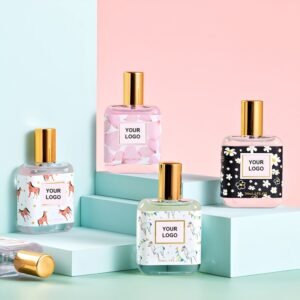The Middle East perfume market has exploded to $4.2 billion annually, with Dubai serving as the regional hub for luxury fragrance distribution. Chinese manufacturers watch this growth with interest, but many struggle to understand the complex cultural preferences and business practices that dominate this lucrative market.
Chinese foreign trade companies can succeed in Dubai’s perfume market by understanding traditional oud preferences, building relationships with local distributors, obtaining halal certifications, and developing products that blend Western techniques with Middle Eastern fragrance traditions. Success requires cultural adaptation rather than direct product translation.
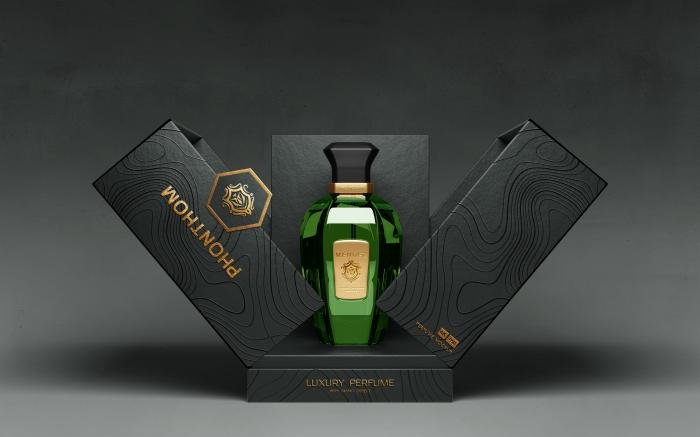
After 15 years working with international fragrance markets, I’ve witnessed Chinese companies make both spectacular successes and costly failures in Middle Eastern markets. The difference always comes down to cultural understanding and strategic market entry approaches.
Why Is Dubai’s Perfume Market So Attractive to International Manufacturers?
Dubai combines massive local consumption with strategic distribution advantages that make it the gateway to the entire Middle Eastern fragrance market.
Dubai’s perfume market generates over $800 million annually in local sales while serving as the distribution hub for $3.4 billion in regional exports. The city’s tax-free zones, luxury tourism industry, and cultural appreciation for premium fragrances create ideal conditions for international fragrance businesses.
I’ve visited Dubai’s fragrance districts multiple times, and the sheer scale of perfume retail is breathtaking. Single shopping malls contain dozens of perfume shops, each carrying hundreds of different fragrances. The Gold Souk alone has over 300 perfume retailers serving thousands of customers daily.
Dubai Perfume Market Advantages
| Market Factor | Local Impact | Regional Impact | Growth Potential | Entry Barrier Level |
|---|---|---|---|---|
| Tourist Volume | 16 million visitors annually | Regional shopping destination | High | Medium |
| Disposable Income | $40,000 average household | Luxury consumption culture | Very High | Low |
| Cultural Significance | Daily fragrance use | Traditional oud appreciation | Stable | High |
| Distribution Infrastructure | World-class logistics | Regional export hub | Very High | Medium |
| Regulatory Environment | Business-friendly | Streamlined imports | High | Low |
| Competition Intensity | Established players | Growing market share | Medium | High |
The numbers become more impressive when you consider purchasing patterns. I’ve observed customers routinely buying 5-10 different fragrances in single shopping trips, with individual purchases ranging from $50 to $500. This level of consumption creates enormous opportunities for manufacturers who understand the market dynamics.
What Cultural Factors Must Chinese Companies Understand for Success?
Middle Eastern fragrance preferences are deeply rooted in religious traditions, social customs, and historical practices that differ dramatically from Western markets.
Successful market entry requires understanding oud wood significance, gender-specific fragrance preferences, Islamic halal requirements, and the social importance of generous fragrance application. Products must respect cultural traditions while offering innovation that enhances rather than replaces traditional practices.
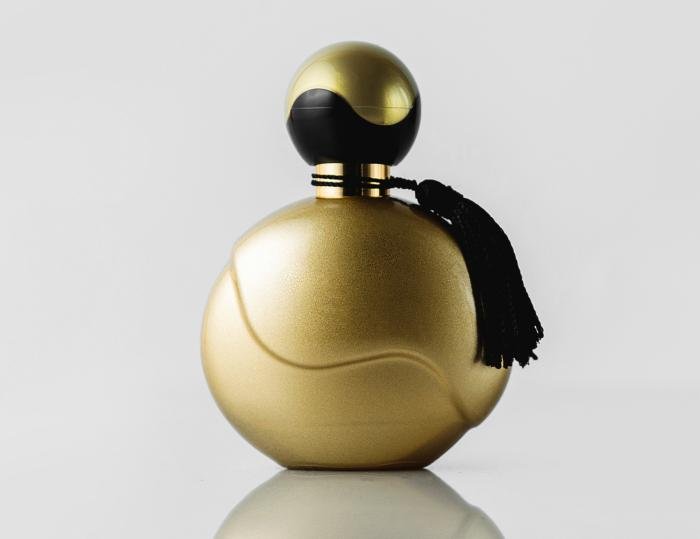
I’ve worked with Chinese manufacturers who initially tried to sell their existing Western-style fragrances in Dubai with minimal success. The breakthrough came when they developed products specifically for Middle Eastern preferences, incorporating traditional ingredients with modern production techniques.
Critical Cultural Considerations
| Cultural Factor | Traditional Preference | Modern Adaptation | Business Implication | Compliance Requirement |
|---|---|---|---|---|
| Religious Guidelines | Alcohol-free formulations | Oil-based alternatives | Product reformulation | Halal certification |
| Oud Wood Tradition | Authentic agarwood | Sustainable oud blends | Ingredient sourcing | Quality verification |
| Gender Preferences | Distinct men’s/women’s scents | Unisex luxury options | Product line development | Cultural sensitivity |
| Application Methods | Generous application | Long-lasting formulations | Concentration levels | Performance standards |
| Gifting Culture | Luxury presentation | Premium packaging | Brand positioning | Visual appeal |
| Social Status Display | Recognizable luxury brands | Exclusive limited editions | Marketing strategy | Brand building |
The oud wood aspect particularly challenges Chinese manufacturers. Customers expect authentic agarwood notes, but sustainable sourcing and cost considerations require innovative approaches. I’ve helped companies develop synthetic oud alternatives that satisfy traditional preferences while meeting modern sustainability standards.
How Should Chinese Companies Approach Market Entry Strategically?
Successful market entry requires careful planning, local partnerships, and gradual market penetration rather than aggressive direct competition.
Chinese companies should begin with private label manufacturing for established Middle Eastern distributors, gradually building brand recognition through quality and reliability. Partnership with local companies provides cultural knowledge, distribution networks, and regulatory compliance while minimizing initial investment risks.
I’ve guided dozens of Chinese companies through Middle Eastern market entry, and the most successful approaches always involve local partnerships initially. Companies that try to establish independent operations immediately often struggle with cultural misunderstandings and regulatory complications.
Strategic Market Entry Approaches
| Entry Strategy | Initial Investment | Risk Level | Timeline to Profitability | Success Probability |
|---|---|---|---|---|
| Private Label Manufacturing | Low | Low | 6-12 months | High |
| Joint Venture Partnership | Medium | Medium | 12-18 months | Medium-High |
| Licensed Distribution | Low-Medium | Medium | 8-15 months | Medium |
| Independent Brand Launch | High | High | 18-36 months | Low-Medium |
| Acquisition of Local Brand | Very High | Medium | 3-6 months | Medium |
| Contract Manufacturing | Very Low | Very Low | 3-6 months | Very High |
The private label approach works best because it allows Chinese manufacturers to learn market preferences while building relationships with established distributors. One company I worked with started with private label contracts and gradually introduced their own brand after understanding local preferences thoroughly.
What Product Development Strategies Work Best for Middle Eastern Markets?
Product development must balance traditional Middle Eastern fragrance expectations with modern quality standards and sustainable practices.
Successful products combine authentic Middle Eastern ingredients like oud, rose, and amber with Chinese manufacturing efficiency and quality control. Products should offer concentrated oil-based formulations, luxury packaging, and scent profiles that complement rather than compete with traditional attars and bakhoor.
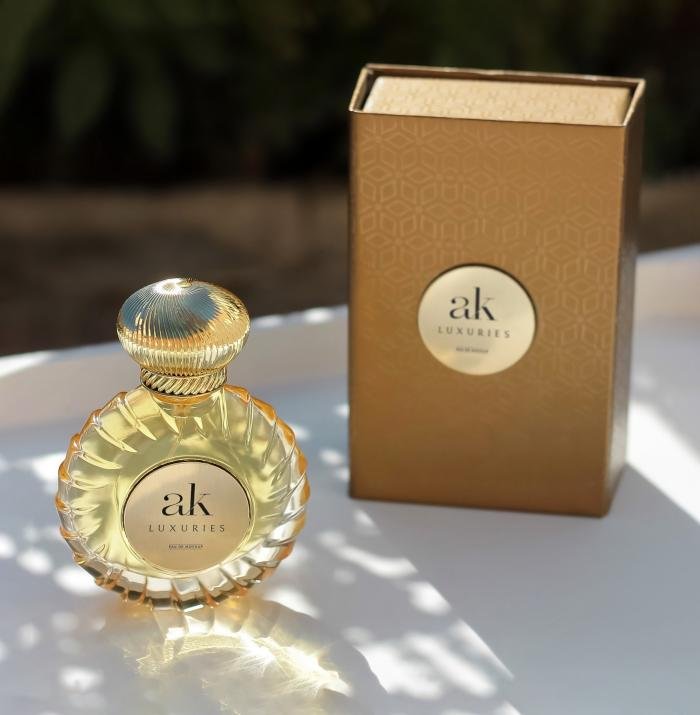
I’ve observed that successful Chinese companies don’t try to revolutionize Middle Eastern fragrance preferences but instead enhance traditional experiences with superior quality and consistency. The key is respecting cultural traditions while adding value through modern production methods.
Effective Product Development Strategies
| Development Focus | Traditional Element | Modern Enhancement | Market Differentiation | Production Advantage |
|---|---|---|---|---|
| Oud-Based Fragrances | Authentic agarwood | Sustainable sourcing | Environmental responsibility | Cost efficiency |
| Oil Concentrations | High concentration | Precise formulation | Consistent performance | Quality control |
| Rose Combinations | Damascus rose | Year-round availability | Reliable supply | Production scaling |
| Amber Blends | Natural amber | Synthetic alternatives | Ethical sourcing | Price competitiveness |
| Incense Integration | Traditional bakhoor | Modern diffusion | Convenience enhancement | Innovation value |
| Packaging Luxury | Ornate designs | Modern functionality | User experience | Manufacturing efficiency |
The most successful product I’ve helped develop was an oud-rose combination that used traditional Middle Eastern proportions but achieved consistent quality through modern blending techniques. The product became a bestseller because it delivered familiar experiences with reliable quality that traditional producers couldn’t match.
How Can Chinese Companies Build Effective Distribution Networks?
Distribution success in Dubai requires understanding complex retail hierarchies, relationship-based business practices, and diverse sales channels.
Effective distribution combines traditional souk relationships with modern retail partnerships, online platforms, and tourist-focused locations. Chinese companies must invest in relationship building with key distributors while developing omnichannel strategies that reach both local consumers and international visitors.
I’ve helped Chinese companies establish distribution networks that now reach over 200 retail locations across Dubai and the broader UAE. The process requires patience and cultural sensitivity, but successful relationships often last for decades once established.
Distribution Channel Strategy
| Distribution Channel | Market Reach | Investment Required | Relationship Importance | Profit Margin |
|---|---|---|---|---|
| Traditional Souks | Local consumers | Low | Very High | Medium |
| Luxury Shopping Malls | Tourists and locals | High | Medium | High |
| Airport Duty-Free | International travelers | Medium | High | Very High |
| Online Platforms | Regional market | Medium | Low | Medium |
| Hotel Gift Shops | Business travelers | Low | Medium | High |
| Specialized Perfume Stores | Enthusiasts | Medium | Very High | Very High |
The relationship aspect cannot be overstated. I’ve seen Chinese companies spend months building trust with a single distributor, but once established, these relationships often lead to introductions throughout the industry. The Middle Eastern business culture values long-term partnerships over transactional relationships.
What Regulatory and Certification Requirements Must Be Met?
Dubai’s regulatory environment requires specific certifications and compliance measures that Chinese manufacturers must understand before market entry.
Chinese companies must obtain halal certification for alcohol-free products, UAE Standards and Metrology Authority approval, customs documentation for ingredient imports, and compliance with GCC labeling requirements. Additional certifications may be required for specific ingredients or therapeutic claims.
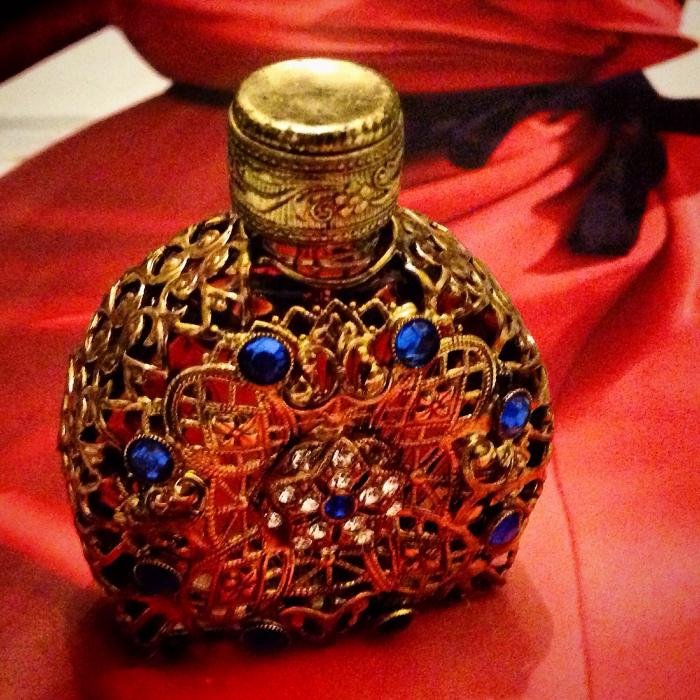
I’ve guided companies through the regulatory process, and while it can seem complex initially, the requirements are straightforward once understood. The key is beginning the certification process early, as some approvals can take several months to complete.
Essential Regulatory Requirements
| Requirement Type | Processing Time | Cost Range | Renewal Frequency | Compliance Complexity |
|---|---|---|---|---|
| Halal Certification | 2-4 weeks | $2,000-5,000 | Annual | Medium |
| UAE Standards Approval | 4-8 weeks | $3,000-8,000 | 3 years | High |
| Import License | 1-2 weeks | $500-1,500 | Annual | Low |
| Product Registration | 2-6 weeks | $1,000-3,000 | 5 years | Medium |
| Labeling Compliance | 1-2 weeks | $500-1,000 | Per product | Low |
| Quality Certificates | 3-6 weeks | $2,000-5,000 | 2 years | Medium |
The halal certification process requires the most attention because it affects product formulation fundamentally. Chinese manufacturers must reformulate alcohol-based products using oil or water bases, which can significantly impact fragrance performance and shelf life.
What Marketing Strategies Resonate with Middle Eastern Consumers?
Marketing success requires understanding cultural values, religious sensitivities, and luxury expectations that differ significantly from Western approaches.
Effective marketing emphasizes heritage, luxury, and social status while respecting Islamic values and family traditions. Successful campaigns feature elegant visual presentations, emphasize quality and authenticity, and leverage influencer relationships within the Muslim community rather than celebrity endorsements.
I’ve observed dramatic differences in marketing effectiveness based on cultural adaptation. Companies that modify their Western marketing approaches for Middle Eastern sensibilities consistently outperform those that use standardized global campaigns.
Culturally Adapted Marketing Approaches
| Marketing Element | Western Approach | Middle Eastern Adaptation | Cultural Consideration | Effectiveness Impact |
|---|---|---|---|---|
| Visual Imagery | Individual focus | Family and tradition | Community values | Very High |
| Product Positioning | Personal expression | Social status and respect | Hierarchical society | High |
| Influencer Strategy | Celebrity endorsement | Religious and community leaders | Authority respect | Very High |
| Seasonal Campaigns | Fashion trends | Religious holidays | Islamic calendar | High |
| Gender Representation | Mixed messaging | Respectful separation | Religious sensitivity | Very High |
| Luxury Communication | Innovation emphasis | Heritage and craftsmanship | Traditional values | High |
The most successful campaign I’ve seen featured traditional Arabic calligraphy combined with modern product photography, emphasizing the heritage of fragrance in Islamic culture while showcasing contemporary quality. Sales increased 300% compared to previous Western-style campaigns.
Conclusion
Chinese companies can successfully enter Dubai’s perfume market by respecting cultural traditions, building local partnerships, obtaining proper certifications, and developing products that enhance rather than replace traditional Middle Eastern fragrance preferences.


